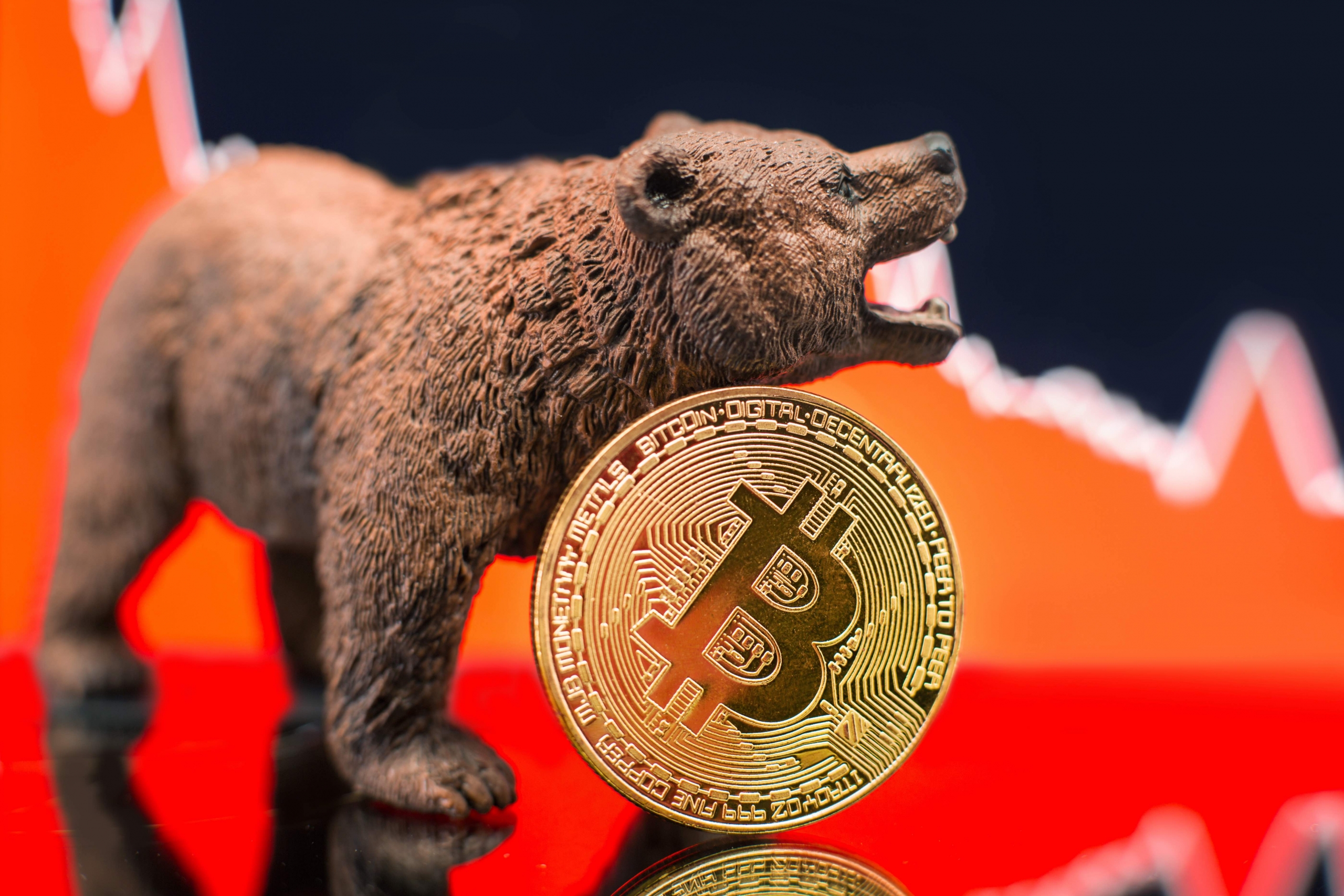Here is Why a Bearish Bitcoin Trend is Plausible, According to CryptoQuant
22.08.2024 8:00 1 min. read Alexander Stefanov
According to a report by CryptoQuant, the slowing growth of Bitcoin whale assets could indicate a bearish trend for the cryptocurrency’s price.
CryptoQuant’s latest weekly update reveals a notable drop in the 30-day growth rate of Bitcoin held by large investors, plummeting from 6% in February to a mere 1% now. This decline in whale holdings is viewed as a potential sign of weakening market conditions.
The report highlights that historically, a monthly growth rate exceeding 3% in whale assets correlates with rising Bitcoin prices—a trend that is currently absent. The diminishing interest from major holders might suggest a reduction in Bitcoin’s bullish momentum.
Additionally, CryptoQuant’s “apparent demand” metric, which measures the difference between the daily Bitcoin block subsidy and the amount of Bitcoin that has remained unmoved for over a year, shows a sharp slowdown. Apparent demand peaked at 496,000 BTC in January 2024 but has since turned negative, decreasing by 25,000 BTC.
The report also notes a decrease in Bitcoin’s price premium on Coinbase. Earlier in 2024, this premium was at 0.25%, driven by strong ETF-related demand. However, it has now dropped to 0.01%, indicating a weakening interest in Bitcoin within the U.S. market.
Overall, CryptoQuant’s analysis suggests that the decline in whale assets and overall Bitcoin demand could continue to exert downward pressure on Bitcoin prices unless market conditions change significantly.
-
1
Bitcoin: What to Expect After Hitting a New All-time High
10.07.2025 14:00 2 min. read -
2
Peter Brandt Issues Cautious Bitcoin Warning Despite Bullish Positioning
10.07.2025 20:00 2 min. read -
3
Standard Chartered Becomes First Global Bank to Launch Bitcoin and Ethereum Spot Trading
15.07.2025 11:00 1 min. read -
4
Vanguard Now Owns 8% of Michael Saylor’s Strategy, Despite Calling BTC ‘Worthless’
15.07.2025 17:09 2 min. read -
5
Bitcoin Reaches New All-Time High Above $116,000
11.07.2025 7:56 1 min. read
Ethereum Flashes Golden Cross Against Bitcoin: Will History Repeat?
Ethereum (ETH) has just triggered a golden cross against Bitcoin (BTC)—a technical pattern that has historically preceded massive altcoin rallies.
Bitcoin Banana Chart Gains Traction as Peter Brandt Revisits Parabolic Trend
Veteran trader Peter Brandt has reignited discussion around Bitcoin’s long-term parabolic trajectory by sharing an updated version of what he now calls the “Bitcoin Banana.”
Global Money Flow Rising: Bitcoin Price Mirrors Every Move
Bitcoin is once again mirroring global liquidity trends—and that could have major implications in the days ahead.
What is The Market Mood Right Now? A Look at Crypto Sentiment And Signals
The crypto market is showing signs of cautious optimism. While prices remain elevated, sentiment indicators and trading activity suggest investors are stepping back to reassess risks rather than diving in further.
-
1
Bitcoin: What to Expect After Hitting a New All-time High
10.07.2025 14:00 2 min. read -
2
Peter Brandt Issues Cautious Bitcoin Warning Despite Bullish Positioning
10.07.2025 20:00 2 min. read -
3
Standard Chartered Becomes First Global Bank to Launch Bitcoin and Ethereum Spot Trading
15.07.2025 11:00 1 min. read -
4
Vanguard Now Owns 8% of Michael Saylor’s Strategy, Despite Calling BTC ‘Worthless’
15.07.2025 17:09 2 min. read -
5
Bitcoin Reaches New All-Time High Above $116,000
11.07.2025 7:56 1 min. read


